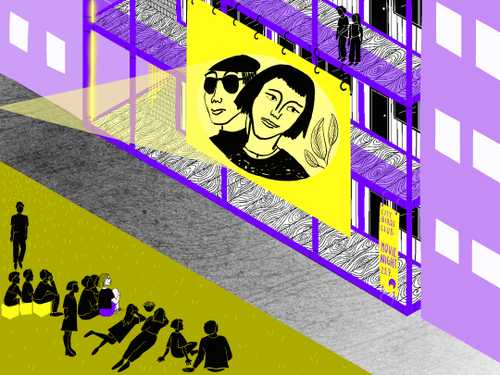
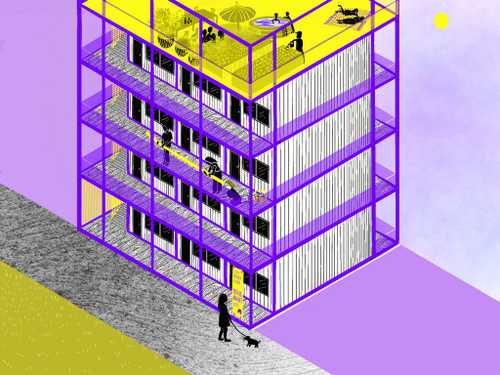

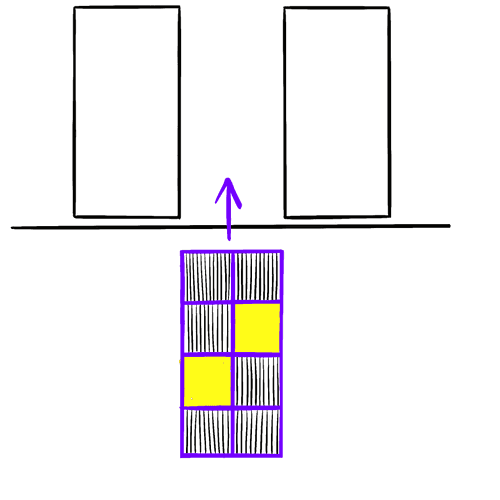
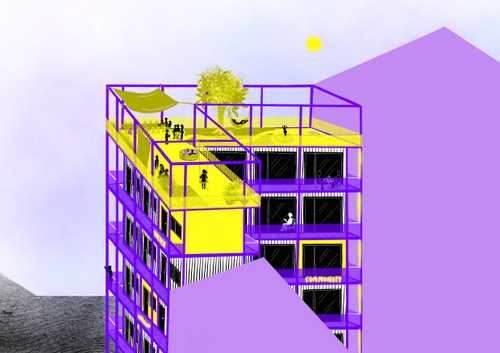
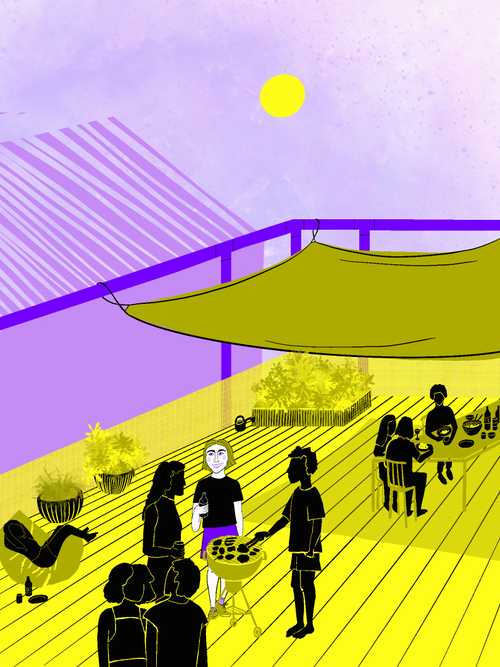
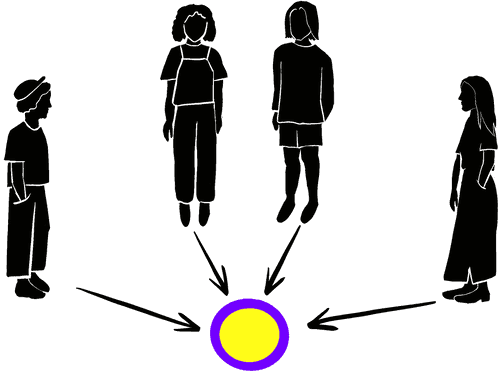
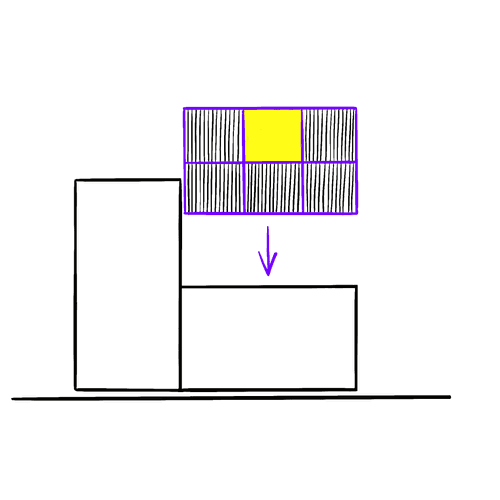
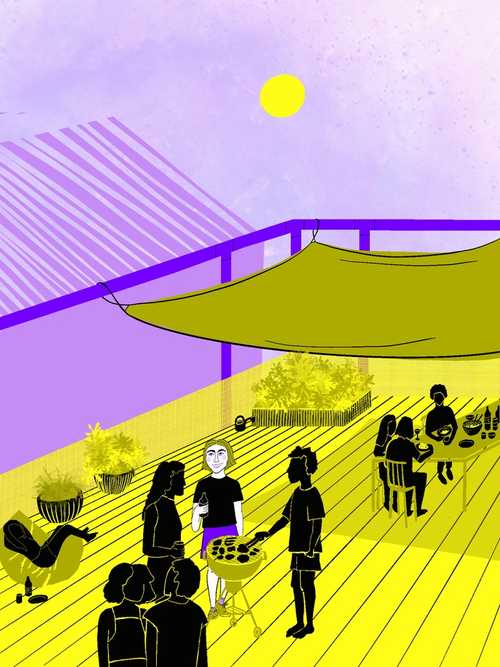
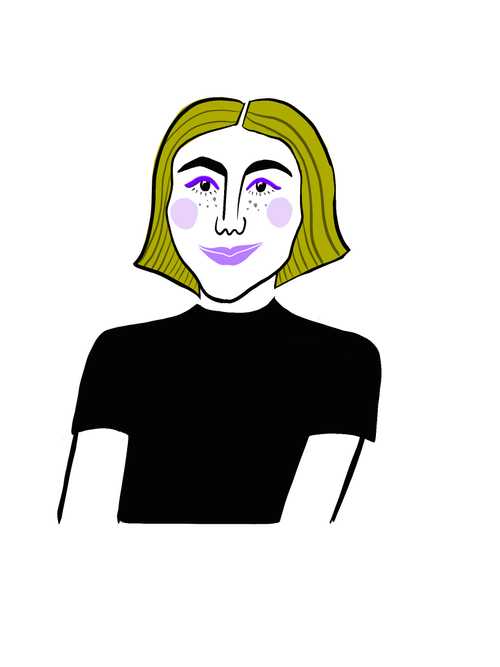
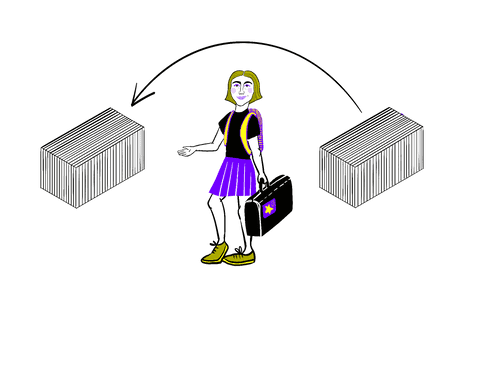
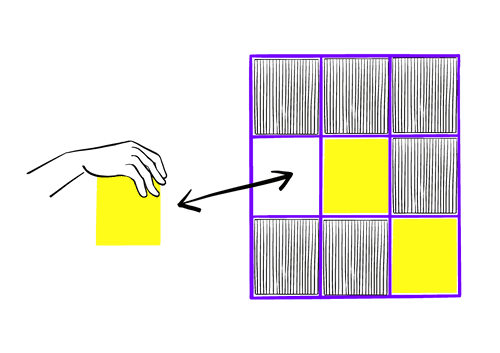
Radical Design - Idea Competition
The City Birds Club, a radical residential concept on the human and urban scale, in cooperation with Eva Spillmann, 2020.
The project combines two seemingly contradictory wishes of urban dwellers that we currently observe in and between cities around the world: individual mobility and the desire to belong to a community. Both aspects inspired us to develop a two-fold flexible system that operates on an urban and on a human scale, while also supporting the creation of a sense of community.
On an urban scale, we propose a network of ephemeral housing complexes, consisting of tiny, individual and prefabricated units. They can be placed flexibly in vacant urban spaces in combina- tion with a likewise flexible scaffolding. The simi- lar architecture creates a recognition value of the housing complexes across the city.
On a human scale, the flexibility finds its expres- sion in a membership model for living, instead of a regular tenancy. Members of the so-called City Birds Club (CBC) can move freely from one housing complex to another as they please. Through their membership, they have the right to stay in a tiny house, which comes with access to community spaces, which are specifically designed to bring people together.
The idea is, thus, to come up with a housing inter- vention that functions as a catalyst both for the transformation of the way of living in a physical sense and for the urban community. Moreover, instead of a top-down process, urban dwellers are given the agency to co-design their preferred living environment by providing, first, a flexible housing system and, second, physical spaces that they can inhabit and shape both as individuals and as a community. Finally, the idea of the membership in combination with the specific architecture of the housing complexes also works beyond the scope of one city, hence, across cities and regions, both on a national and international level.